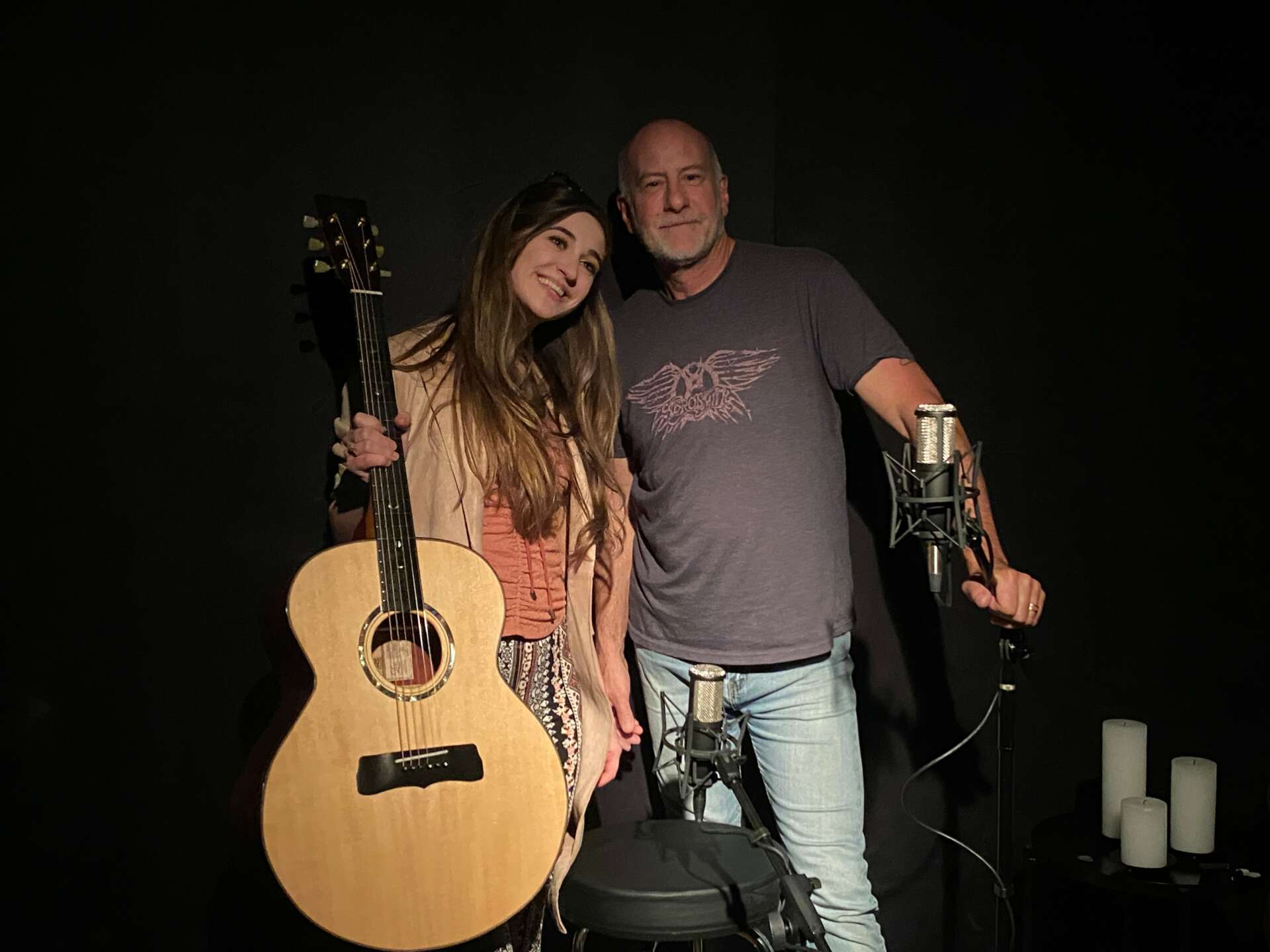Alright – so today we’ve got the honor of introducing you to Shawn Weimer. We think you’ll enjoy our conversation, we’ve shared it below.
Hi Shawn, thanks for joining us today. Some of the most interesting parts of our journey emerge from areas where we believe something that most people in our industry do not – do you have something like that?
As I continue to have discussions with clients, whether they happen at shows or in my showroom, one issue that arises over and over is the topic of value. Especially, in regards to comparing a hand-made instrument to a manufactured production instrument. Unfortunately, these two entirely different categories get lumped into one. Very few buyers understand the build process and especially the complex sounds of an instrument and how to properly identify tonal range and quality of sound. Most hand-made instruments use only the best of the best tonewood’s. Production instruments rarely do so. I would say most buyers are looking to be associated with a branding rather than a unique, one of a kind, hand-built instrument.

Awesome – so before we get into the rest of our questions, can you briefly introduce yourself to our readers.
I started building guitars back in the 1980’s as I was attending college in Santa Barbara. I had been in many bands to that point but rarely got my hands on a top-tier instrument. A friend of a classmate had a shop and at night I would spend any extra time soaking-up any information I could on how to build acoustic guitars. I realized over the years how incredibly hard building instruments was, but that just empowered me to move forward to where I’m at now. I value any product, especially in the times we’re in with mass-produced everything, that was given articulate attention over a large time frame, to produce something that is, not only unique, but excellent. I realize this might not be for everyone, but I want to produce a piece of art that will last generations and is not only amazing to look at, but plays and sounds as well and it looks. One of the continuing comments that I hear about acoustic guitars, is that “they hurt your fingers”. I feel that most players have no idea on how a “great” acoustic guitar can play when built and setup properly. I have built instruments for people ranging from beginners to working pros. They are all amazed at how many aspects of the build can be designed to ease the playability of their instrument. When I begin the process of building something exceptional, I spend a lot of time with the client and ask a lot of question over quite a few weeks. It’s during this time that I start to get a feel for who they are as a player and what they are trying to create. In the end, I simply turn into the artist and the hands that help them bring their vision to life. Sometimes clients have in mind exactly what they want, but most of the time they have no idea. However, as we go through the process and I ask questions, and I do ask a lot of questions, their creative juices start to flow and they begin to see the potential.

What’s a lesson you had to unlearn and what’s the backstory?
My degree is in Advertising/Illustration. As I was nearing finishing college, I had the opportunity to participate in a couple of interns in Los Angeles. During my time with some of the most creative people in the world, a common denominator that seemed to be suggested to me again and again was that the degree that I was about to receive was only the beginning of the creative process. In the world of creating, I basically just learned what all of the rules were. If I was to survive in a world of creatives after graduating, I now had to break all of those rules I just spent so much time and money to learn. Knowing the rules was important, but knowing how to break them was even more important. That’s where creativity begins. Understanding the possible logically but then moving past them to create the impossible. Thinking outside the box and applying ideas from other mediums or industries was crucial. You can get stuck by only listening to those in “your” field. I think the exciting part is trying to adapt those ideas from other areas into what you’re trying to do.

Have you ever had to pivot?
Sometimes, the slightest memory can reappear in times when change is imminent. I’m not sure why, but a marketing professor was lecturing one day and he was telling a story how how the technology in his business changed so dramatically that he knew he needed to make a career choice. The changes he mentioned cut out the middle man …. him. After college, I started a production company that focused on providing media to advertising and and magazine clients. When the digital world arrived, we adapted. I would continue to build guitars in my spare time. However, it was only about a decade before running a commercial studio became more and more competitive and the budgets became less and less. It seemed that digital cameras in the hands of a general population made everyone a pro, whether it be video or stills. That’s when the words uttered by my marketing professor back in college came back to me and I knew it was time to make a change and move onto my backup plan.
Contact Info:
- Website: www.zoe-guitars.com
- Instagram: zoe-guitars
- Facebook: Zoe Guitars


